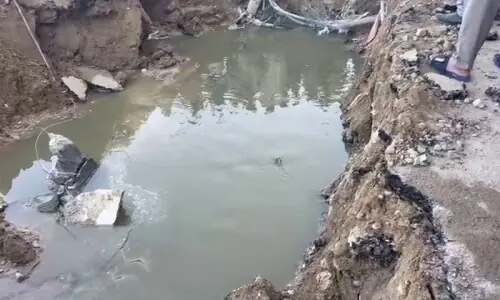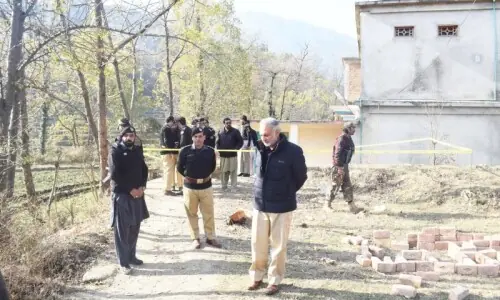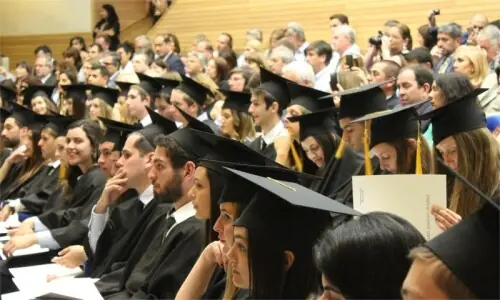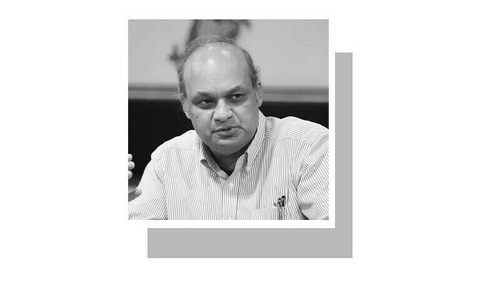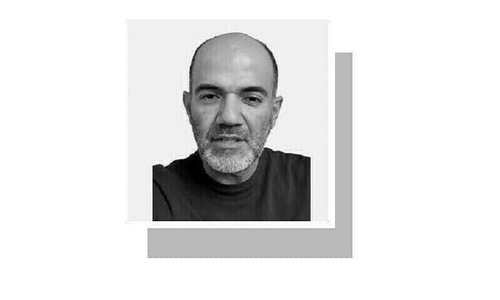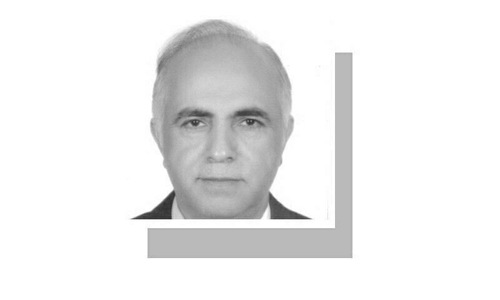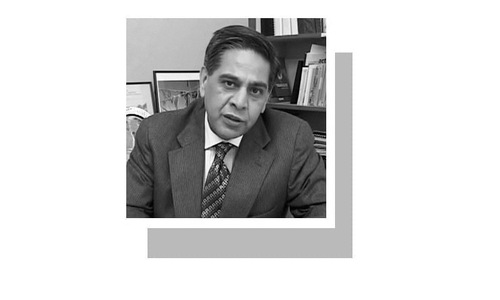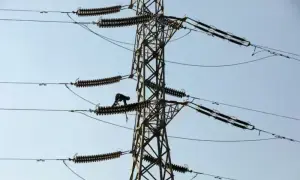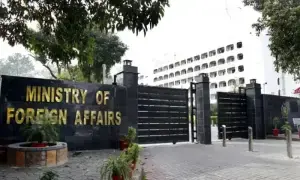The boundary wall is damaged in many parts. The signboards that should give information to visitors have faded in the sun. The staircase leading to the top of a watchtower has many missing steps.
This is the fort of Umerkot or, as it was once called, Amarkot. Not only has its history been ‘Islamised’ by overlooking its original builder, Amar Singh, who used to rule this region, the heritage site is also facing slow extinction.
Locals here will tell you the famous story of Umer-Marvi — a local Romeo and Juliet folklore — and how Marvi was kept at this fort, built by Umer Soomro who once ruled Sindh.
Vikram Singh, who is from the Sodha family, a sub-tribe of the Rajputs who settled in Umerkot in the 11th century, calls the official history of the fort, inscribed on signboards around the place, “a bunch of lies”. Pointing to the fort, he slams the government for not “giving credit to our ancestors for building this”.
Vikram, who shows us around the fort that he insists once belonged to his ancestors, laments the current state of affairs in this part of Sindh which borders India and is called the gateway to the Thar desert.
“Rana Rattan Singh, one of our ancestors, was hanged by the British at this very fort for standing up for the rights of the Sindhis, but there is no mention of him anywhere,” Vikram points out as he shows us the place where the execution took place.
Just a few kilometres from the fort is the birthplace of Mughal emperor Akbar. Humayun was given refuge by Vikram’s ancestors when he was on the run after Sher Shah Suri overthrew him.
“We gave protection to many Muslims seeking refuge, and the person who went on to become one of the greatest rulers of the region was born here. Yet today, the Hindus in this region are on the run,” Vikram remarks.
Vikram’s first-cousin, Hamir Singh, is the present Rana of what was once the kingdom of Amarkot.
At his ancestral home built over a 100 years ago on the outskirts of Umerkot, Hamir Singh is surrounded by villagers. Many are wearing colourful turbans and they have come to pay their respect to the Rana.
Hamir’s grandfather, Rana Arjun Singh, had opted for Pakistan at the time of the partition of the subcontinent. The family says their historical roots in Sindh made Rana Arjun Singh choose Pakistan over India. “He loved Sindh and did not join Congress even though Nehru had personally approached him,” Hamir tells us.
But now the family appears to regret that decision.
“This area used to have a Hindu majority,” Vikram explains. “But migration has been on the rise.” He mentions the persecution of the Hindu community, religious intolerance, and the government’s lack of interest in improving inter-faith harmony for Hindus, especially the trading community, as factors making them want to leave. “Many of them are now settled in India,” Vikram says.
Most households have strong connections with India as the Hindus here tend not to marry within their community and try to find a bride or a groom across the border. Currently, the population of Umerkot is estimated to be equally divided between Hindus and Muslims. At the time of partition, Umerkot was estimated to be 80 per cent Hindu.
“Unlike Punjab, Sindh’s border regions remain neglected,” says Sohail Sangi, a teacher at Sindh University who belongs to Umerkot.
According to Sangi, the military has been in control of most of this region under the pretext of it being next to India, but has not bothered developing it. He blames this on their “paranoia of anyone not Muslim, and not from Punjab”.
Umerkot’s rich culture and history is something to be proud of, Sangi says, but instead Pakistan continues to forget the diversities it has.
Published in Dawn, January 16th, 2015
On a mobile phone? Get the Dawn Mobile App: Apple Store | Google Play




